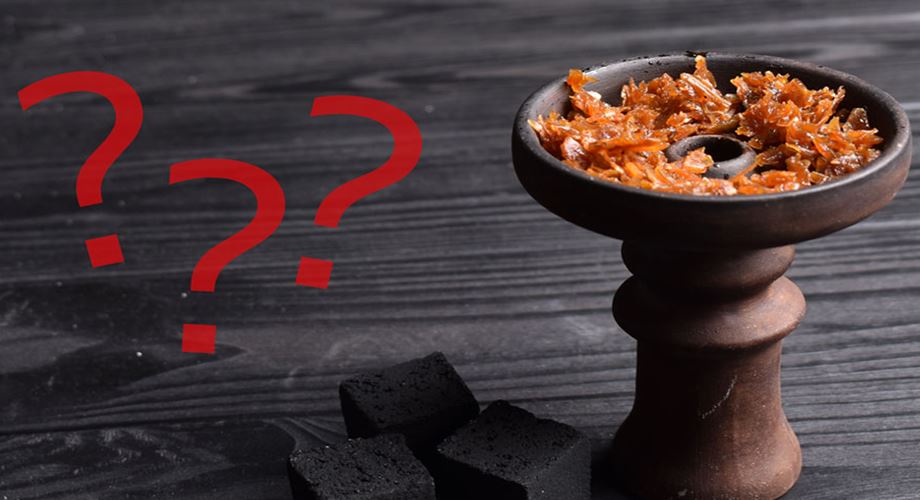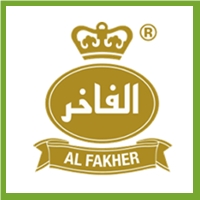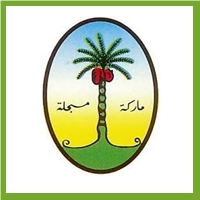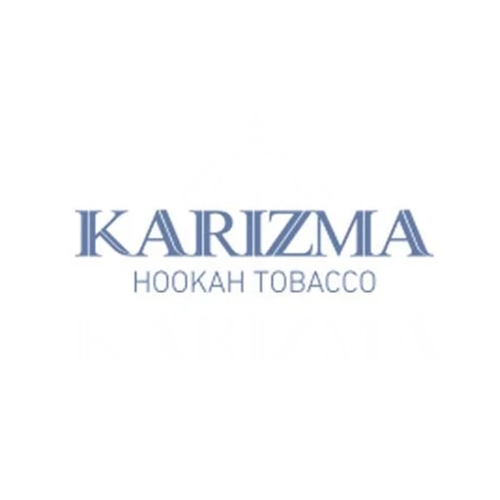How much do you really know about what hookah tobacco is, other than it being one of the most unique pastime activities on the planet? Well, no worries! Cause we’re here to tell you everything about what it is, where it’s from, how it’s made, and how this form of tobacco differs from other types.
THE BACKSTORY
Let’s jump to it! The common name for hookah tobacco in the Middle East is Ma’assel, meaning “with honey”. The story told about the origin of hookah tobacco is that it was first discovered when a ship carrying both tobacco and honey encountered rough seas on its way from England to India back in the 16th century. Jars of honey broke and mixed with the tobacco. The tobacco was ruined, and the merchant needed to find a way for it to be used and sold. The solution? A hookah, of course. Whether or not this story is fully true is hard to say but we do know that hookah tobacco originated in India and spread into Persian, Turkish, and Middle Eastern cultures where it is still popular today.
The story does however nicely illustrate how hookah tobacco is different from other types of tobacco. It’s very moist and can only be smoked using a hookah pipe, commonly referred to elsewhere in the world as a shisha pipe. In fact, just roughly 15% of the contents are actually tobacco. The other components that go into hookah tobacco are molasses (optionally honey), glycerin, and flavoring. These secondary components account for the vast majority of its weight.
Another difference when compared to other methods of smoking is that the goal is not to burn the tobacco but to bake it at the proper temperature. Preparing a hookah takes about 20 minutes and the process is considered a ritual by many. After assembling your hookah (on average they are about 3 feet tall) you add the tobacco into a specialty clay bowl that goes on the very top of the hookah. Traditionally, the clay bowl is then covered in foil, and coals are added atop. When heated properly, it releases all the flavoring and glycerin which in turn gives an enjoyable smoking session. In a sense, the tobacco just acts as a carrier for the flavor. If you overheat the tobacco and it begins to burn, your hookah session is considered done for.
Pretty complicated stuff, right? This also helps to explain why you cannot successfully smoke hookah tobacco in any other device such as vape pens, glass pipes, or rolling papers – nor can it be chewed!
WHAT IS HOOKAH TOBACCO MADE OF?
The most commonly used tobacco in a hookah is the Virginia blonde leaf, also known as Bright Leaf tobacco. Sometimes this leaf is blended with other Oriental (Turkish) tobacco varieties as well. Typically, the Virginia blonde leaf is flue-cured meaning that it is dried in a heated indoor structure. This process of curing is what gives the Virginia blonde leaf its vibrant yellow/orange color and its sweetness in flavor.
Air-cured tobacco leaves are also used but typically this method is for dark-leaf hookah tobacco options that feature higher nicotine contents. Air-curing commonly takes place in an open barn where the leaves are hung up to dry for several weeks. This method also nets a stronger tobacco taste than you’d find in flue-cured tobacco.
Ingredient: Molasses
Molasses is used as a sweetener and is made from sugarcane. There are other substitutes such as honey and corn syrup, however, molasses is the most common choice among modern brands.
Ingredient: Glycerin
Glycerin is another component that is used. It is a great carrier for flavoring and it helps keep the leaves moist. Glycerin is also what produces the majority of cloud output that you see when hookah is exhaled.
Ingredient: Flavoring
The final ingredient is the flavoring that goes into hookah tobacco. Unlike some other tobacco variants such as cigars and cigarettes, one of the main characteristics of hookah is the flavor. Traditionally, hookah tobacco was flavored using dry fruits. Some of the most common flavorings were lemon, apple, grape, and even mint. Today, food-grade flavoring extracts are used in hookah tobacco and there are hundreds of flavors available.









